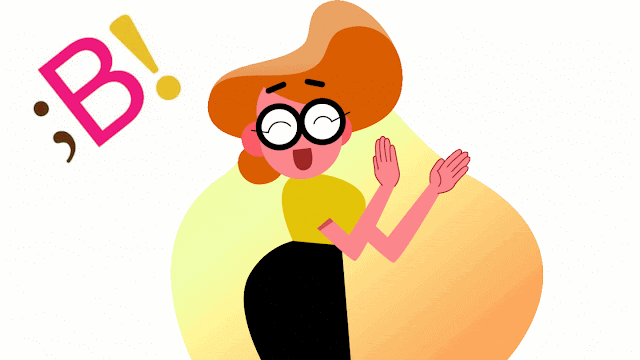Can Art take the Drama Out?
(Pictures taken by analanguagecoach in the exhibition of the artist Carmen La Griega)
Dear coachees,
Last Wednesday, 20th of July 2022, I went with a British friend of mine and the camera bag on my shoulder, always eager -the three of us- to experience all forms of Art at any time, and I in particular for studying all day in the house the Official Language School Civil Exam.
To delve deeply into this question "Can Art take the Drama Out? I recommend you this exhibition & workshops called "El taller de la alegría" shown in Robledondo till the 31st of July.
The exercise I am asking you is to put pen to paper and send me an Essay in a Word.doc answering that principal question.
Requisites: Be original in the process, make sure to channel your own creative and critical thinking in an essay of max. 260 words. If you haven't seen my video about how to write academic or formal style click here. This is part of my training for English Official Exam candidates. I'll give you feedback and help you to reach your full potential.
But before writing... I highly recommend going to this village on the outskirts of Madrid and meeting Carmen La Griega who will guide you bottom-up with grace through her Art installation.
And, yes, the orientation in space is a key feature, especially in an allegory of a journey. We entered through the roots, we passed the hills, valleys and meadows and finally we ascended the mountain to free the soul.
To me her artwork is a declaration of intentions for loving and living in full colour the real experience of caring and accompanying her father who has been diagnosed with Alzheimer's.
Her energetic and motivational speech about how she is doing it, bring us hope, bring us Art to the darkest moments when we inevitably must face a collective and personal drama.
And If you have read The Divine Comedy and enjoyed its illustrations, you will soon look closer at her drawings and cardboard landscape -a map full of details and human touch-, as well as at the figures represented in the colouring exercises. He- her father- fills them with his favourite colours, and he usually picks the most vibrant colours in the market.
At some point, going up through the different stages of her installation, you may see her - as I did behind my camera- as your Virgilio, then as your Beatrice and finally even as your Saint Bernard of Clairvaux. All cicerones, mediators. Let me illustrate here that the Cistercian order knew the potentiality of hollow-clean spaces, facades with a rose ornament and pointed stained glass windows, which were its architectural sign of -at least to me they are- the representation of a human imaginative invention that of the Virgin. This Christian Catholic invention -that Dante knew well and named as "Beatrice" to make her more human- came along with the opening of windows where there wasn't any before, the use of vertical lines to make us feel lighter, and the whiteness of the space was the brightness of our soul.
Did you know that "/Efatá/" a Hebrew word was used at our baptism to open ears, eyes, mouth and heart?
Her work tells me that tenderness matters.
That feminine energy cares and is in all of us.
That there is salvation through Art.
You may find yourself also illuminated- as her father does when he looks at her- after crossing the darkness of your own roots and sanity, meeting the fluorescence of that healing collective saint spirit (that can be called ART).
At the end of this journey it awaits a vision of a much freer and wilder deer in a hunting scene in an aged gilded frame, a vision of one that is escaping from a hunt and has crossed to an island in the river and is at the brink of lasting peace. Isn't there some glimpse of our most famous Carmelite monk?
You may probably need to go to the exhibition to understand this paragraph better and read The Spiritual Canticle.
But, if you can't go to Robledondo, at least enter into the programme and read it carefully, watch the videos Carmen has kindly shared with us. You'll find beauty, goodness and truth. Her videos help us to find a more accurate meaning to her artwork. Here I leave you one called "Llévame Donde Haya Vida" ("Bring me Where There is Life")
It was a nice surprise to find in the middle of this village such a modern building with such a great terrace, which enjoys wide open views to the soft hills and meadows -that were close to ignition as it was a real scorcher that day- and from where we all saw and admire the real colours of the sunset.

" Great is the art of the beginning, but greater is the art of the ending"
Thank you Carmen!
HOW TO WRITE AN ESSAY
HOW TO WRITE A PROPOSAL
HOW TO WRITE A REVIEW
HOW TO WRITE LETTERS
UNBLOCK YOUR CREATIVE VOICE
Ana Domínguez Ruiz
Language Coach
www.analanguagecoach.com
analanguagecoach@gmail.com
622 90 18 06
San Lorenzo de El Escorial, Madrid










Comentarios
Publicar un comentario
Thank you for your words! They mean a lot to me.
Ana Language Coach